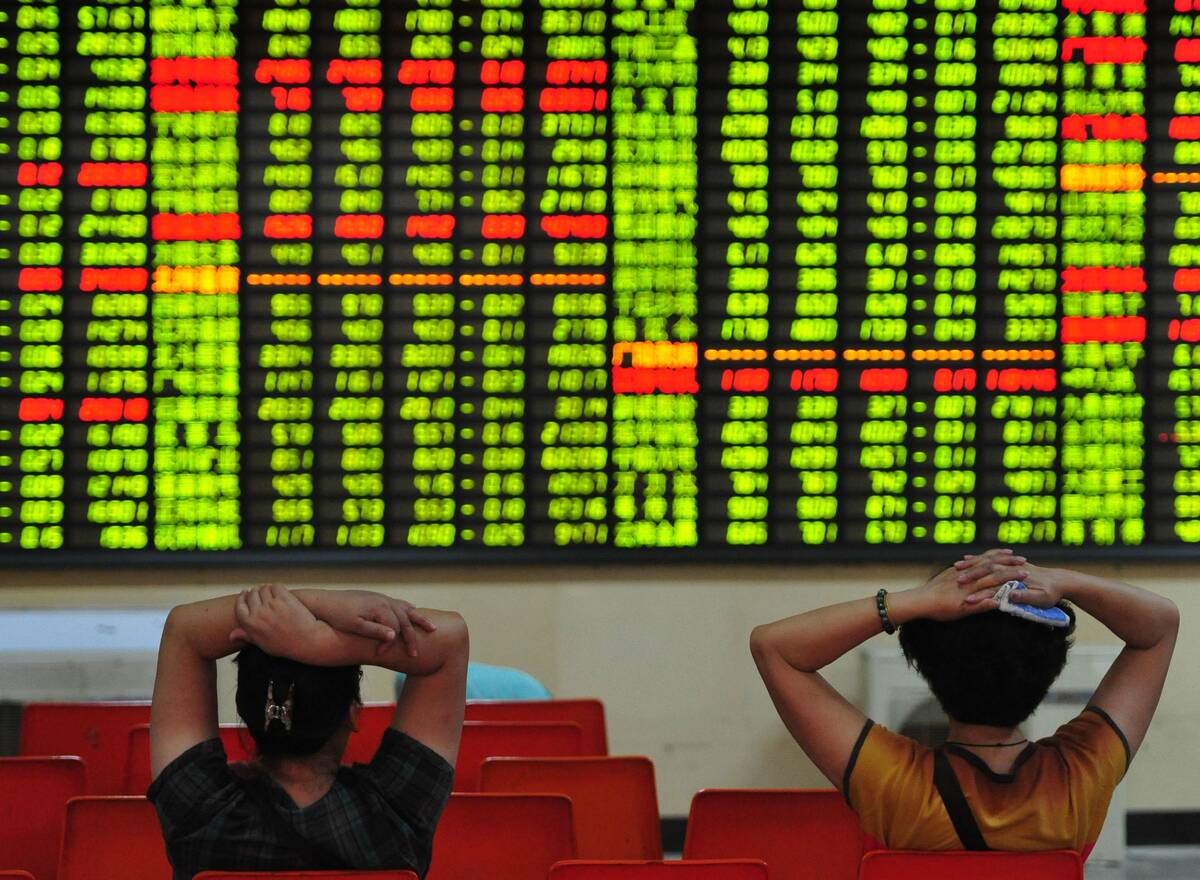SASKATOON — Errol Anderson is closely monitoring the bond market these days.
“I think it is really in serious trouble, and it is in some form of earthquake right now,” said the author of Errol’s Commodity Wire, which is published on Substack.com.
“Something is simply going to break.”
Anderson said bond auctions have “gone dead,” and he doesn’t see them being resuscitated anytime soon.
Rich Nelson, chief strategist with Allendale Inc., thinks talk of an “earthquake” is a bit alarmist.
Read Also

Volatile temperatures expected for this winter
DTN is forecasting a lot of temperature variability in the Canadian Prairies this winter. Precipitation should be close to average.
He agrees with Anderson that bond prices have been in a steady downtrend since 2020, but he disagrees that the market is verging on collapse.
Bond prices have an inverse relationship with interest rates. When rates go down, bond prices rise. When they go up, they fall.
Anderson’s total collapse scenario suggests that the U.S. Federal Reserve has no intention to lower rates in the weeks and months ahead.
“What he’s saying kind of goes against what the general expectation for the Federal Reserve is,” said Nelson.
Anderson said that when he was young, it was a no-brainer to invest in bonds because they were safe and generated decent returns.
That is not the case anymore. High government debt loads have increased the chance of default, even for blue chip countries such as the United States and Japan.
Countries are having a tough time maintaining spending levels. To do so they need to take on more debt by issuing bonds.
Anderson said that is particularly true in an era where U.S. president Donald Trump is convincing countries to sign expensive trade deals.
Japan recently signed a trade agreement with the U.S. that includes a commitment to purchase 100 Boeing airplanes from the U.S.
Anderson wonders why a nation with a declining population needs another 100 planes. He said Japan will have to issue more debt to pay for those.
Japan has committed to investing US$550 billion in the U.S. That money must come from somewhere.
“It is potentially just going to absolutely blow up their bond market,” he said.
That would have a major ripple effect on the U.S. economy because Japan is the largest foreign holder of U.S. debt.
Anderson does not know if Japan will be the trigger or not, but he believes the bond market is on the precipice of collapse, while stock markets are soaring to record highs.
“Something is going to break here,” he said.
“The current situation can’t hold.”
And when the bond market collapses, it will drag down the stock market, sending “shockwaves” through commodity markets.
The West Texas Intermediate crude oil price could drop below US$55 per barrel from a value of about $66 as of July 24.
“I could see that quite easily,” said Anderson.
That would in turn put downward pressure on crops such as corn, soybeans and canola, which are linked to crude prices due to strong biofuel demand for those crops.
Nelson does not totally agree with that analysis.
He acknowledged that if the bond market took another step lower it could drive up interest rates, and that would be a negative for commodity prices.
However, interest rates have a “very light influence” on commodity prices, maybe something in the range of five to 10 percent.
The main driver of grain prices is the U.S. grain balance sheet, followed by the world balance sheet. Energy prices are another big factor.
Interest rates and bond values rank way down the list, said Nelson.
















